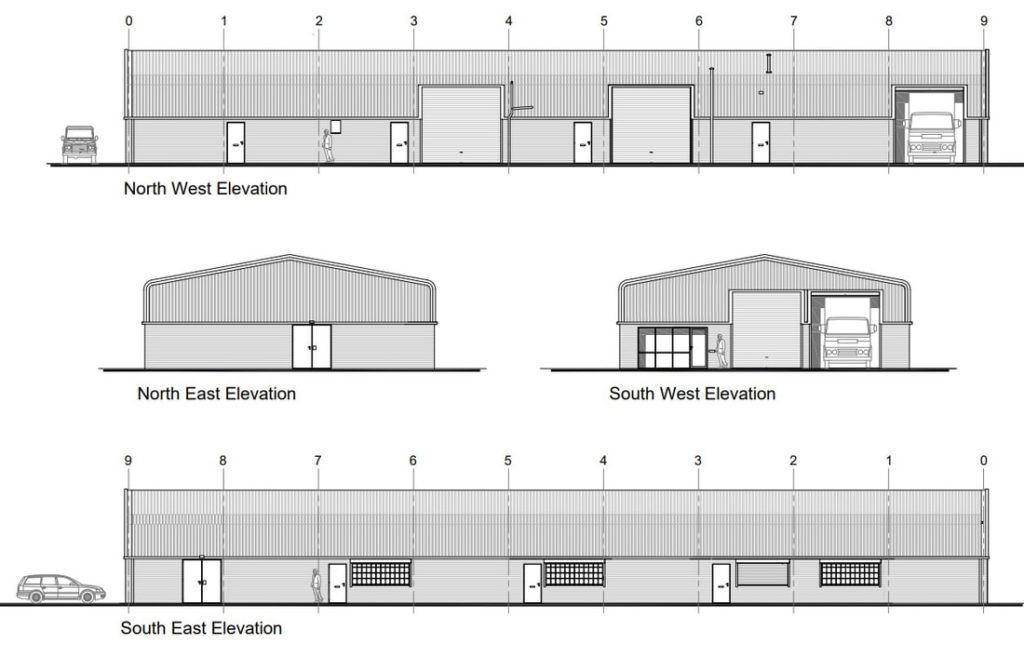Main Town Centres, Out of Town…
If I worked for an LPA, and a (still) young, devilishly handsome, dynamic, go-getting Rural Planning Consultant came along and said, “Would you like 10 more jobs in your District?” I’d be falling over myself to do everything I possibly could to facilitate that. I’d send round the Mayor’s limo and invite them to the Council Offices for tea and cake which would be served on a little stand. I’d let them use the Council’s Executive Washroom like the one in the Simpsons, I’d call them ‘Sir’ a little too often until it became uncomfortable, and then we’d talk about all the ways in which we could work together to secure those jobs as quickly as possible.
Which is why it never ceases to amaze me how seemingly little appetite there is among LPAs to support employment generating development.
A London Borough on the peri-urban fringe approached our client regarding their use of a building which had historically been first used as an aircraft hanger before subsequently being used for the manufacture of sports cars, followed by a range of different B2 / B8 uses before finally settling for the last seven years as a country store employing circa 10 people.
Notwithstanding that no complaint had ever been raised regarding the current use and that it was doubtful that enforcement and the potential loss of 10 established jobs would to public interest, the LPA informed our client that action would be taken unless the present use was regularised
Accordingly, Harry and I submitted a retrospective application to regularise the site’s current use as retail together with providing further scope for Class E, B2 and B8 uses (together with a 98m2 extension in the Green Belt, which was the easy bit).

Cue 10 months of indecision by the LPA which finally found a reason to refuse the application based upon Paragraph 87 of the NPPF which seeks for the sequential test to be applied to main town centre uses. As the country store was retail (and therefore a main town centre use), it had to be located downtown…
We countered that Para 89 states that the sequential test doesn’t apply to small-scale rural development and that as a country store serves a rural market with rural bits and pieces, that as the LPA had already determined back in 2011 that the area was ‘rural’ and that Paragraph 90 of the NPPF (sort of) requires impact assessments for development over 2,500m2 and therefore surely anything under this can be considered ‘small scale,’ Paragraph 89 must therefore apply…
Further we questioned the sense of locating a store which sells fodder and other yard supplies as far from its market as possible & pointed out that the PPG does acknowledge that the sequential test can be bypassed for town-centre uses which have a particular market and that Wathen-Fayed v SOS (2023) found that imposition of the sequential test should be a matter of ‘planning judgement.’
Needless to say, once again, victory was ours and we celebrated by moving onto the next job.


